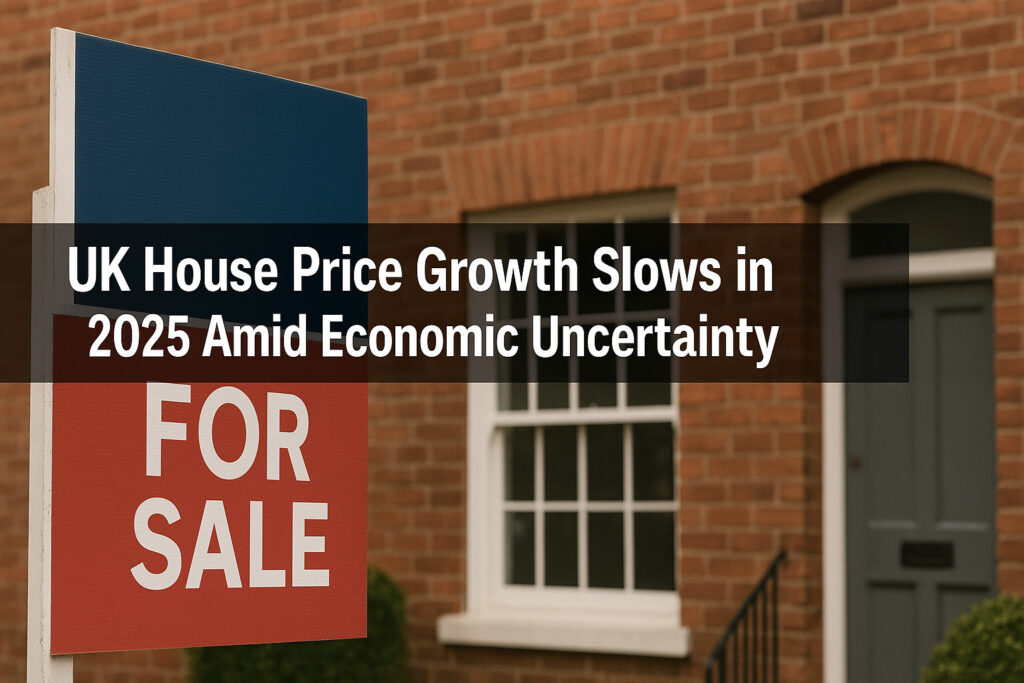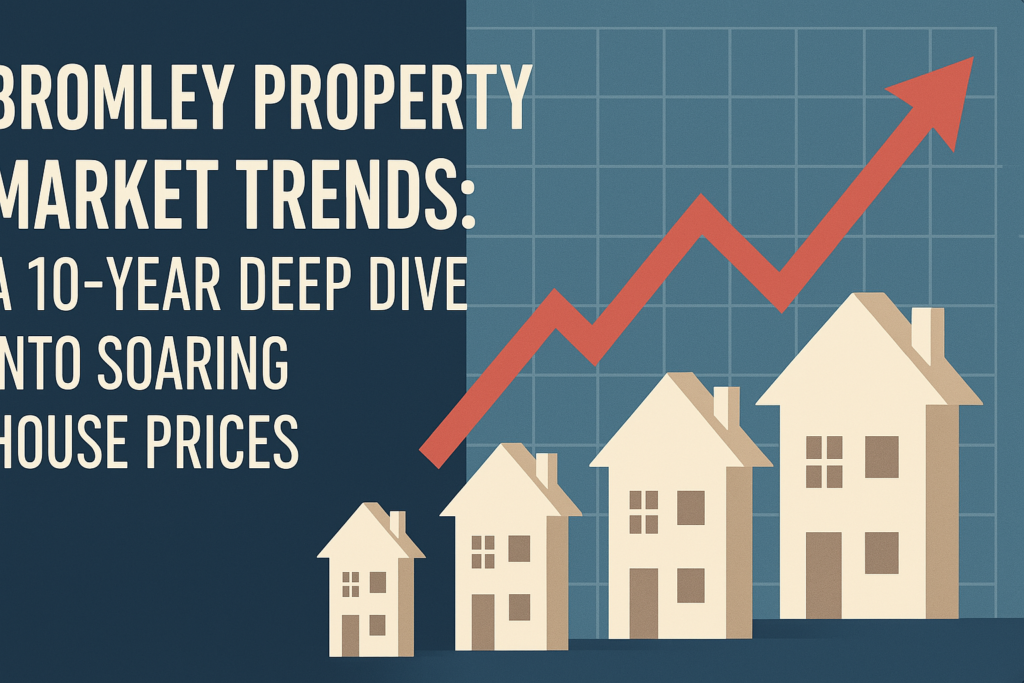Introduction to Kensington and Chelsea’s Property Market
The Royal Borough of Kensington and Chelsea is one of London’s most prestigious and affluent areas, known for its prime real estate, high-end amenities, and historic architectural charm.
Nestled in central-west London, this borough represents the epitome of luxury living and has long attracted international investors, high-net-worth individuals, diplomats, and professionals.
Current Trends in the Kensington and Chelsea Rental Market
The rental market in Kensington and Chelsea continues to showcase robust demand despite economic shifts, partly due to its proximity to central London, elite schools, embassies, and cultural attractions such as the Victoria and Albert Museum, Natural History Museum, and Royal Albert Hall.
Rental prices remain among the highest in the UK, with average monthly rents significantly exceeding the London average. As of early 2025:
1-bedroom flats command between £2,000 – £3,500 per month
2-bedroom properties range from £3,200 – £5,500 per month
Luxury 3-bedroom apartments and townhouses exceed £7,000 per month, with premium properties renting for over £15,000 monthly.
This persistent demand is driven by limited housing stock, heritage properties, and a steady influx of international tenants, particularly from the Middle East, Russia, and China.
Popular Rental Areas within Kensington and Chelsea
Specific neighbourhoods within the borough stand out due to their desirability:
South Kensington
Known for its cosmopolitan feel, Georgian townhouses, and proximity to world-class museums, South Kensington remains a hotspot for affluent renters, students at Imperial College, and embassy staff.
Notting Hill
Famous for its pastel-coloured terraces and vibrant Portobello Market, Notting Hill appeals to creative professionals and families seeking a village atmosphere within the city.
Chelsea
With King’s Road and Sloane Square at its heart, Chelsea offers luxury living with boutiques, galleries, and Michelin-starred dining.
It’s a favourite among American expatriates and international executives.
Holland Park
A quieter, more residential enclave, Holland Park is home to grand Victorian villas and leafy streets, attracting wealthy families and celebrities.
Kensington and Chelsea remain a prime destination for corporate lettings, particularly among finance, tech, and diplomacy professionals.
Relocation agencies regularly source accommodation here for executives moving to London. Many tenants sign longer leases, ensuring stability and low vacancy rates.
Supply Constraints and Property Types
The borough features a diverse housing stock, including:
Grade II listed buildings
Converted mansion flats
Modern penthouse apartments
White stucco-fronted townhouses
However, new housing developments are limited due to conservation rules, green space preservation, and planning restrictions.
As a result, demand regularly outpaces supply, sustaining high rental and sales values.
Short-Term Lets and Airbnb Influence
Short-term rentals and Airbnb listings are prevalent in Kensington and Chelsea, further tightening the long-term rental supply.
These properties often command premium nightly rates, making them lucrative for landlords but contributing to affordability issues for long-term residents.
Recent council crackdowns on unlicensed shortlets and enforcement of the 90-day annual limit have attempted to control this, yet investor interest in high-yield short-term options remains high.
Housing Market Overview: Sales and Property Values
In the sales market, Kensington and Chelsea consistently rank among the most expensive boroughs in the UK. As of Q1 2025:
Average property prices exceed £1.3 million
Luxury detached homes and large townhouses often surpass £10 million
Apartments in modern developments near High Street Kensington and Earls Court range between £1.5 to £4 million
Despite broader economic uncertainty, international demand remains resilient, especially among buyers seeking a haven asset or pied-à-terre in central London.
Foreign Investment and Overseas Buyers
Foreign buyers continue to influence the market significantly, particularly from:
Gulf States (UAE, Saudi Arabia, Qatar)
United States
China and Hong Kong
Russia (albeit declining due to sanctions)
These buyers often seek cash purchases, bypassing mortgage constraints and capitalizing on favourable exchange rates.
Many properties are purchased as second homes, investment assets, or residences for studying children attending London institutions.
Prime Developments and New-Build Projects
While new developments are rare due to strict planning laws, a few flagship schemes have drawn attention, including:
Chelsea Waterfront – riverside luxury apartments with modern finishes and concierge services
The Glebe in Chelsea – ultra-luxurious boutique residences starting from £15 million
Lancer Square in Kensington – a royal-inspired development combining heritage and modernity
These developments cater to ultra-high-net-worth individuals, offering private gyms, spa facilities, and 24/7 concierge services.
Challenges and Regulatory Changes
Kensington and Chelsea’s housing market, like the rest of London, faces regulatory scrutiny:
Changes to Capital Gains Tax
Increased stamp duty for overseas buyers
Energy performance requirements for rental properties
Restrictions on holiday lets
Landlords are advised to keep abreast of legal changes, especially with upcoming Energy Performance Certificate (EPC) minimum standards tightening by 2028, which may affect older housing stock.
Rental Yields and Investment Performance
Despite high entry prices, rental yields in Kensington and Chelsea range between 2.5% to 4.2%, depending on the property type and location.
Yields are generally lower than in outer boroughs, but capital appreciation potential and asset security make the area attractive for long-term investors.
Top Investment Tips:
Buy-to-let investors should focus on 1-2 bedroom flats near transport links and universities.
Short-let investors can benefit from proximity to tourist hotspots and museums.
Luxury buyers should consider Chelsea Embankment or Cadogan Gardens for privacy and exclusivity.
Frequently Asked Questions
1. Are Kensington and Chelsea good places to invest in property?
Yes, Kensington and Chelsea are among the UK’s most prestigious and reliable areas for property investment.
The borough boasts high capital appreciation, consistent rental demand, and a stable long-term market, which is particularly attractive to international investors.
2. What is the average rent in Kensington and Chelsea in 2025?
As of early 2025:
1-bedroom flats: £2,000 – £3,500 per month
2-bedroom flats: £3,200 – £5,500 per month
Luxury properties: £7,000+ per month, with some exceeding £15,000/month
These prices reflect the area’s exclusivity and premium housing stock.
3. Who typically rents in Kensington and Chelsea?
Tenants include:
Corporate professionals
Diplomats and embassy staff
Students at top London universities
High-net-worth individuals and expatriates
The area’s central location and elite reputation make it a magnet for global tenants.
4. Are there affordable rental options in Kensington and Chelsea?
Kensington and Chelsea is generally a high-cost borough, but studio apartments or older flats in areas like Earl’s Court may offer relatively lower rents. However, even “affordable” options are expensive compared to London’s average.
5. What are the most desirable areas within the borough?
Top neighbourhoods include:
South Kensington
Notting Hill
Chelsea
Holland Park
Earl’s Court (relatively more affordable)
Each offers a unique atmosphere, from cultural and vibrant to quiet and residential.
6. How strong is the demand for rental properties in Kensington and Chelsea?
Demand is consistently high, especially for:
Luxury apartments
Properties near embassies and schools
Short-let homes for professionals and tourists
Limited supply and high competition keep vacancy rates low.
7. Are there new developments in Kensington and Chelsea?
Yes, although rare due to planning restrictions. Notable projects include:
Chelsea Waterfront
Lancer Square
The Glebe
These developments offer luxury amenities and target ultra-wealthy buyers and tenants.
8. What types of properties are common in the area?
Expect a mix of:
Georgian and Victorian townhouses
Mansion block flats
Modern luxury developments
Converted period buildings
Many properties are listed or in conservation areas, enhancing their charm and value.
9. Is Airbnb legal in Kensington and Chelsea?
Yes, but regulated. Short-term lets must not exceed 90 days per year without special planning permission. The council has increased enforcement to prevent illegal holiday lets.
10. What are the rental yields like in the borough?
Rental yields typically range between 2.5% – 4.2%. While this is lower than outer boroughs, the area compensates through long-term capital growth and low vacancy risks.
Conclusion: Market Outlook for 2025 and Beyond
The outlook for Kensington and Chelsea’s housing and rental market remains strong, underpinned by international prestige, limited stock, and robust demand.
While price corrections may occur in the broader London market, prime central locations like Kensington and Chelsea are expected to hold their value.
For landlords, investors, and tenants seeking one of the UK’s most refined and stable property markets, Kensington and Chelsea continues to deliver unmatched prestige, historical value, and consistent returns.
Read our other Blogs:





